
Head of Hong Kong heritage office sorry for ‘insensitivity’ over plan to demolish striking century-old site, but unanswered questions fuel backlash
- Commissioner for Heritage Ivanhoe Chang says authorities did not know significance of site and thought there was only an ordinary water tank
- Antiquities office to complete thorough study in a few months’ time after public discovery halts works
While officials claimed they were only aware of a “water tank” on paper when they allowed the demolition to go ahead, the Water Supplies Department (WSD) had clearly documented the existence of the cavernous structure with its huge stone and brick arches on a hilltop in Shek Kip Mei.
A day after the project was halted because of a public outcry, Commissioner for Heritage Ivanhoe Chang Chi-ho visited the abandoned service reservoir on what is known as Bishop Hill, and admitted that officials should have looked into whether the site should be protected.
He said heritage officials previously decided there was no need to take a closer look at the structure after they were told by waterworks engineers it was just a “tank” at a meeting in 2017.
“We did not know it was a special tank. We thought it was just a normal tank,” Chang said.
Chang and WSD engineers inspected the site after members of the public set social and news media abuzz with striking images of the arches.
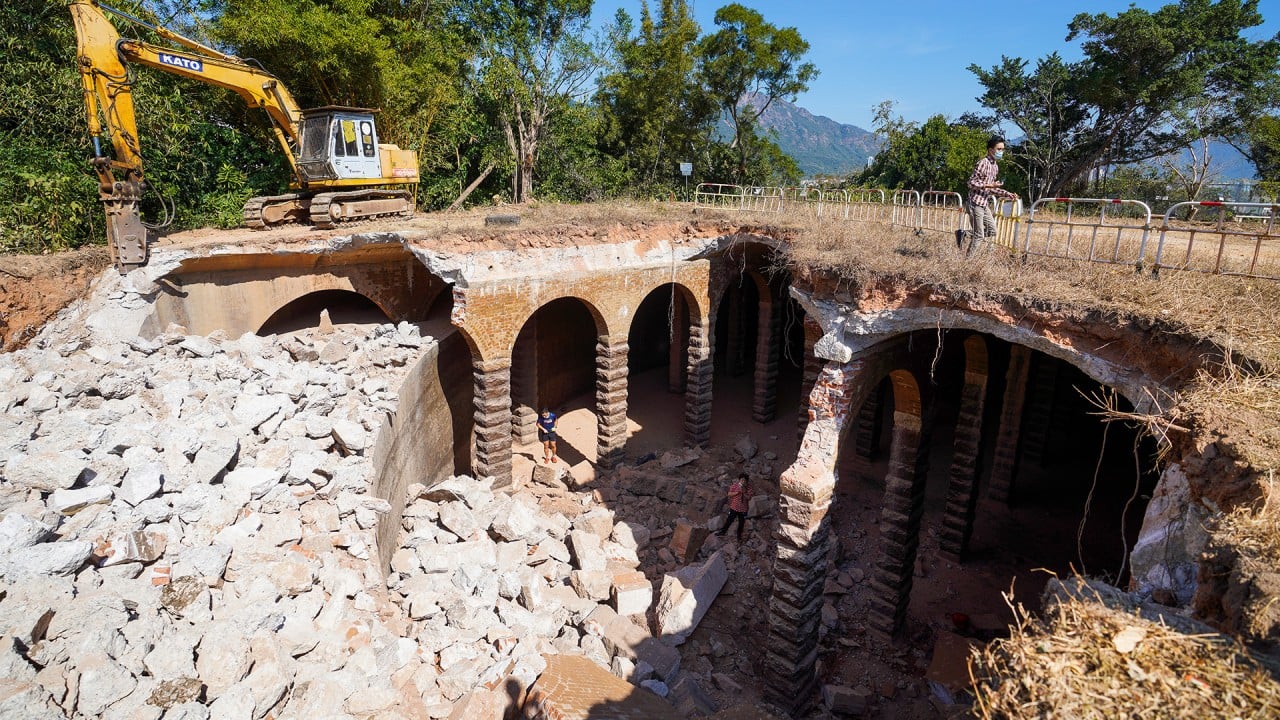
01:19
Demolition of Hong Kong old reservoir halted after calls for heritage assessment
WSD workers had started to knock off chunks at the disused site, meant to be handed over to the Lands Department to decide on a new function.
On Monday works were halted hours after the revelation, with critics slamming the government for overlooking the heritage of the structures, and architects calling the site a rare and impressive construction worthy of preservation.
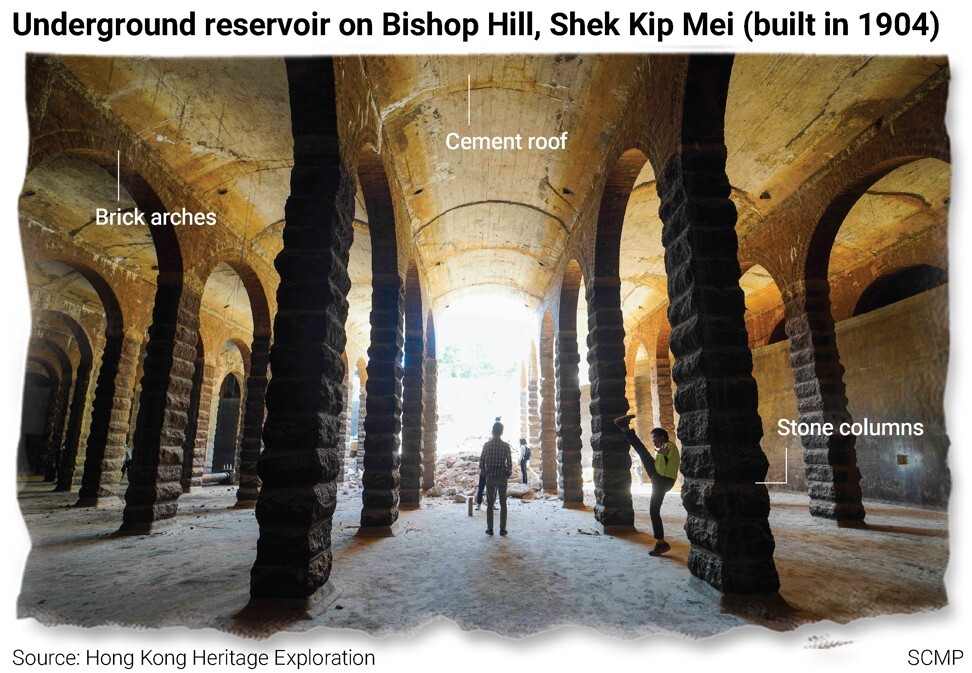
The service reservoir was constructed in 1904 to cope with the population expansion in Kowloon, as an existing one was found to be inadequate to serve the area during a breakdown.
The Antiquities and Monuments Office (AMO) would now strive to finish a thorough study in a few months’ time, Chang added.
The site had 100 stone columns, four of which had been demolished by workers.
Secretary for Development Michael Wong Wai-lun added separately that while awaiting expert evaluation, the government did have a stance. “We believe the site should be preserved … What has been demolished should be restored. Then we should find a purpose [for restoration] which not only reflects the historic value of the site, but also furthers the enjoyment of people.”

The city’s leader, Chief Executive Carrie Lam Cheng Yuet-ngor, said on Tuesday night that she shared people’s passion for the find, and felt deeply that the site should be preserved.
“I look forward to … seeing these remains conserved as a place for public enjoyment,” she said.
Lam recounted that when she was development chief in 2009, she declared 41 waterworks structures on Hong Kong Island as monuments, some of which formed a heritage trail.
Chang, referring to a 2017 meeting between the WSD and the AMO, said based on “general information” available at the time, the mutual understanding was that it was a water tank not worth grading according to preservation guidelines.
He did not elaborate on what sort of information was exchanged in that session.
The office had then agreed that demolition of the disused reservoir could proceed, and no follow-up was needed.
“I apologise for the lack of sensitivity and miscommunication,” Chang said.
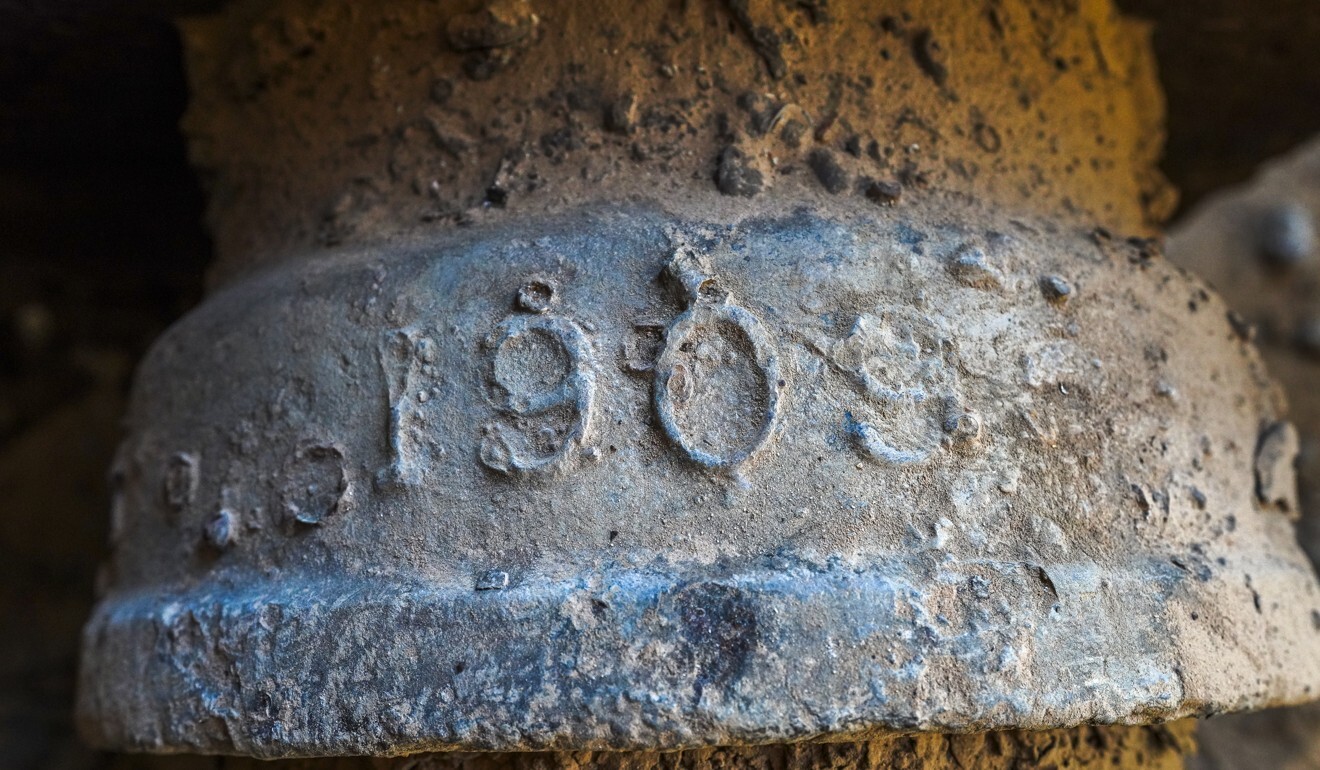
Stephen Chan Chit-kwai, a former Antiquities Advisory Board (AAB) member in 2017, told the Post he was not aware that the preservation guideline disregarding water tanks existed. “Basically we were free to grade whatever sites are of interest.”
I can’t believe officials could conclude the site was not worthy of preservation
Kalvin Ho Kai-ming, a Sham Shui Po district councillor, said the WSD had shown the council two photos of the reservoir in a paper dated May this year. The photos were taken in the dark in 2016, but bits of the brick and stone structures were visible. The paper is no longer available on the council’s website.
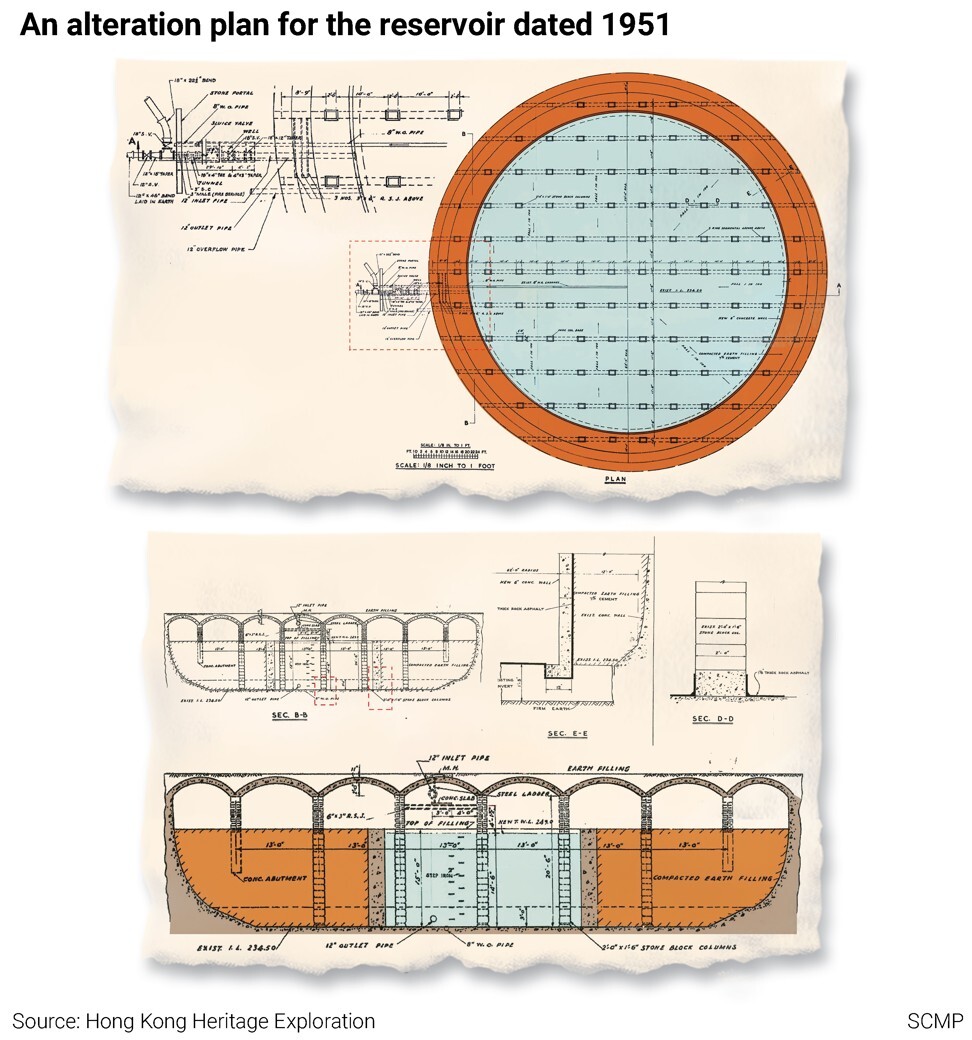
“With the photos, and all those building plans and historic documents dug out by members of the public in the past two days, I can’t believe officials could conclude the site was not worthy of preservation,” Ho said.
“It is negligence on the part of both departments. The WSD was even misleading in saying it was just a water tank.”
Ko Tim-keung, a local historian, said the AMO should shoulder more responsibility instead of the WSD, as the latter had made conscious efforts in defining heritage trails regarding water services in Hong Kong over the past 20 years.
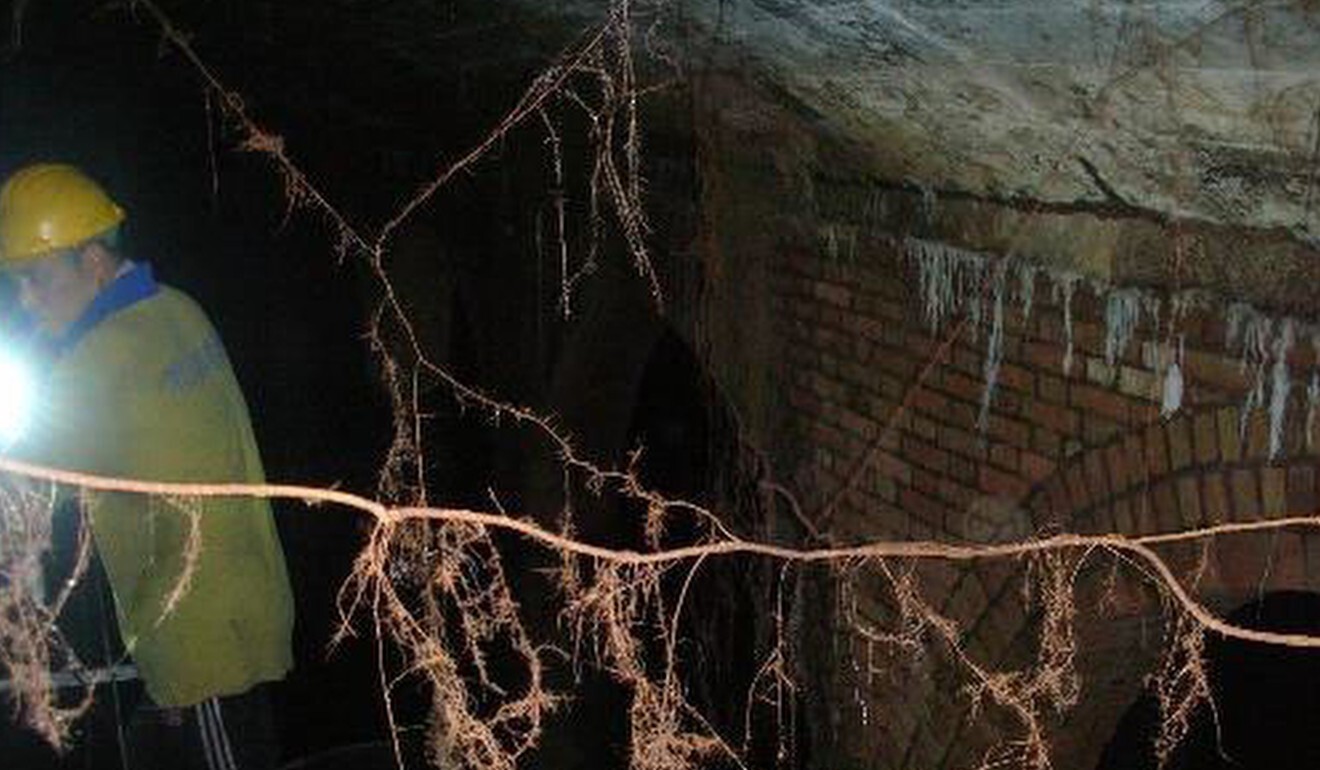
“The AMO shouldn’t have this attitude as a professional department,” Ko said.
Architect Bernard Lim Wan-fung also cast doubt on the thoroughness of the AMO’s work. “Whether the description is a ‘water tank’ or not, if one were to look at the diagrams seriously, one would not say there was no need for follow-up.”
Lim added that the underground reservoir was “second to none”, compared to other local monuments, calling for the preservation of the site for the public to learn about the city’s water resources history.
“There are no better stone arches forming a forest of columns like this. This is unique in Hong Kong.”

Lee Ho-yin, another former AAB member and the director of the University of Hong Kong’s architectural conservation programmes, said the technology for the construction was adopted from the Roman empire. Similar arch styles can also be compared to underground reservoirs overseas, such as the Basilica Cistern in Istanbul.
“There is a connection between the two, one takes us back more than 1,600 years, and then it’s carried on by descendants of the Romans, meaning the British, who brought it to Hong Kong. Isn’t that amazing?” Lee said.


